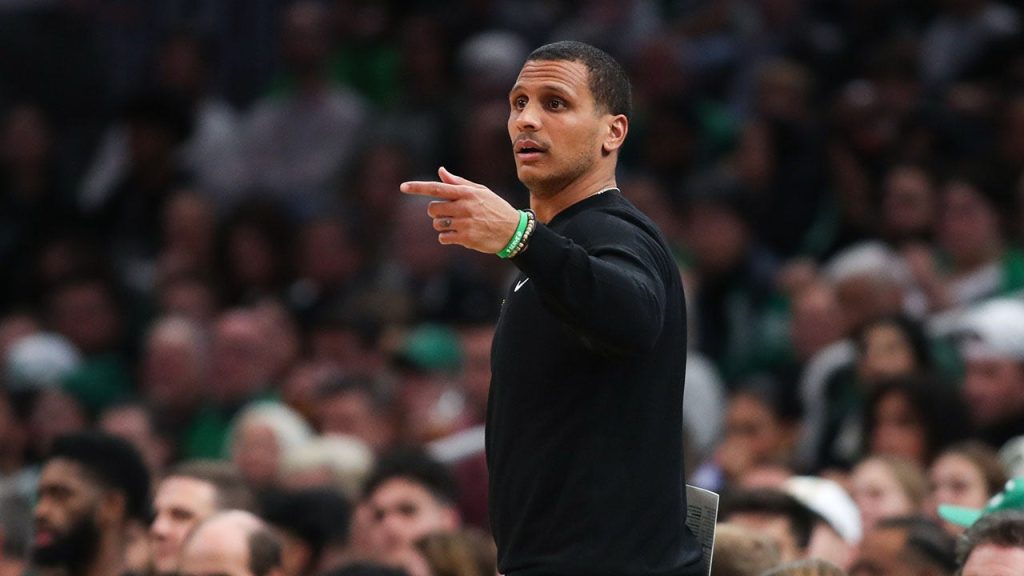The National Basketball Association (NBA) is grappling with a significant decline in viewership, a trend mirrored across other major sports leagues. Ratings for NBA games across major networks like ABC, ESPN, TNT, and NBA TV have plummeted by 25% compared to the previous year. This decline has sparked a multitude of theories, ranging from in-game dynamics to broader media consumption trends. The proliferation of three-point shots and a perceived lack of defensive intensity are frequently cited as potential culprits, contributing to a game that some find less engaging than the traditional, more balanced style of play. Furthermore, the increasing prevalence of player rest and load management, particularly during the regular season, has diluted the importance of individual games, reducing the incentive for fans to tune in consistently. These factors, combined with the rise of alternative entertainment options, have created a perfect storm for declining viewership.
The issue has garnered attention from within the league itself, with figures like Boston Celtics head coach Joe Mazzulla openly admitting to not watching NBA games, preferring other forms of entertainment. This candid admission, coming from the coach of the reigning NBA champions, underscores the pervasiveness of the problem and suggests that even those deeply involved in the sport are not immune to its current challenges. NBA Commissioner Adam Silver has also weighed in, attributing the decline in part to the broader shift away from traditional cable television. Younger audiences, accustomed to streaming and on-demand content, are less likely to subscribe to cable packages, making it more difficult for them to access NBA games. This highlights the challenge the league faces in adapting to evolving media consumption habits and reaching its target demographic.
The NBA’s attempt to revitalize the regular season with the introduction of the NBA Cup, a mid-season tournament culminating in a championship game, has met with limited success. Despite the financial incentives offered, the competition has largely failed to capture the attention of fans, who seem to perceive it as a less significant event compared to the traditional playoff structure. This underscores the difficulty of introducing new formats and competitions in a landscape where established traditions and expectations hold considerable sway. The NBA Cup experiment highlights the need for innovative solutions that resonate with fans and elevate the perceived importance of regular season games.
The declining viewership trend is not unique to the NBA. Other major sports leagues, including men’s college basketball and the NHL, are experiencing similar drops in ratings, down 21% and 28% respectively. Even women’s college basketball, which enjoyed a surge in popularity driven by star players like Caitlin Clark, has seen viewership decline by 38% this year. This suggests a broader shift in sports consumption patterns, potentially influenced by factors beyond the specific dynamics of each sport. The widespread nature of the decline underscores the need for a more comprehensive understanding of the changing media landscape and evolving fan preferences.
Several factors contribute to this broader trend. The fragmentation of the media landscape, with the proliferation of streaming services and online platforms, offers viewers an unprecedented array of entertainment options, competing directly with live sports broadcasts. The rise of social media and short-form video content has also shortened attention spans, making it more challenging to engage viewers with longer-form programming like sports games. Furthermore, the increasing cost of cable packages and streaming subscriptions may be deterring some viewers from accessing live sports content, particularly in an economic climate characterized by inflation and financial uncertainty.
The decline in sports viewership presents a significant challenge for leagues like the NBA, forcing them to re-evaluate their strategies for engaging fans and adapting to the evolving media landscape. Finding innovative ways to make the regular season more compelling, embracing digital platforms and streaming services, and potentially experimenting with new game formats and broadcast innovations are crucial steps in reversing this trend. The future success of these leagues will depend on their ability to adapt to changing viewer habits, offer compelling content, and provide accessible viewing options for a fragmented audience. The NBA’s efforts to address these challenges, including the introduction of the In-Season Tournament and exploring new media partnerships, will be closely watched as a potential blueprint for other leagues facing similar declines. The evolving media landscape demands a proactive and adaptable approach, and the leagues that can successfully navigate these changes will be best positioned to maintain their relevance and engage future generations of fans.

